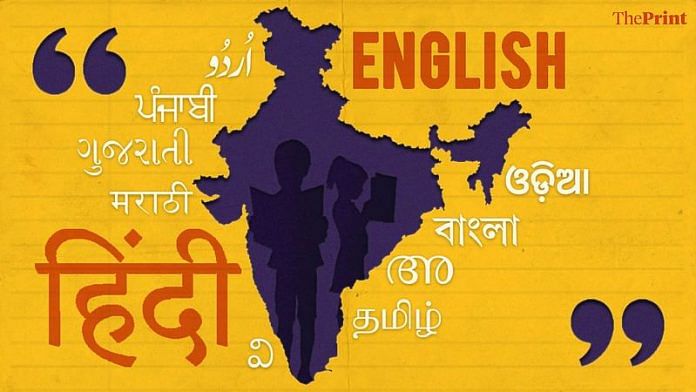Abridge and a boat are classic images conjured in association with the word ‘translation’ and the process of carrying meaning across cultures. Indeed, it is no coincidence that the etymological Latin roots of this English term can be broken down into the exact framework of ‘trans’, or across and ‘latus’, or carrying. Like several other words, translation finds no parallel in any Indian language.
Author Mini Chandran notes that its closest equivalent is anuvaad, which recurs variously in at least seven Indian languages. But this word, meaning ‘speak after’ in its Sanskrit origins, is more suggestive of an iteration or retelling. It perhaps stems from flexible multilingualism that is different from more literal monolingual Western conceptions. Literary critic G.N. Devy mentions the theory of ‘translating consciousness’ in India, where several distinct languages still flourish without their corresponding scripts. It seems to be an intuitive sense of a text’s rasa (essence) or swabhava (emotion) that becomes the guiding light across paths of understanding.
The Indian subcontinent continues to have a dazzling and dizzying array of linguistic traditions that defy all attempts at standardisation. Across caste, class, gender, language, ability, and all other sectionalities that divide citizens so thoroughly, there runs a single thread of intuitive, automatic translation for a population fundamentally accustomed to communicating across diverse contexts.
Also read: The real crisis in Indian literature is the translation pyramid. Bangla sits at the top
Translation is natural, but India has more layers
For older generations, speaking at least three Indian languages—alongside a couple of other contiguous local dialects—would hardly be unusual. Bilingualism remains the norm for most, despite the narrowing chasms caused by a rapid movement towards hybridised diglossia among urban English-educated Indians. Read the chapter ‘Indian English’ in Peggy Mohan’s Wanderers, Kings, Merchants.
Hierarchies exist within language, and choices are curated based on the ideas of suitability. Consider the inter-generational Indian anxiety associated with speaking in English, deftly dealt with in films like Gauri Shinde’s English Vinglish (2012), or in candid YouTube videos like Dolly Singh’s recent vlog. In the age of the internet, younger Indians maintain a tenuous grasp over their native tongues alongside a keener inclination towards absorbing English culture. Anglophone dominance in India began with colonialism and has now been refashioned by neoliberalism in positioning English as an aspirational language—simultaneously global and increasingly ‘Indian’.
Also read: Can the Hindi novel keep up with social media? Its new readers are signalling a revival
Carrying over knowledge
The publishing industry in India has seen a promising rise in unconventional Indian-language translations over the past couple of years, but this pattern remains under the specific constraints of various national and regional publishing industries and is still limited largely to fiction.
It is the gap in accessing non-fiction from Indian languages, or knowledge texts translated to English for broader interest, that the New India Foundation aims to address with its inaugural round of Translation Fellowships. Spanning ten Indian languages (Assamese, Bangla, Gujarati, Hindi, Kannada, Marathi, Malayalam, Odia, Tamil, and Urdu), these fellowships provide financial support alongside an invaluable opportunity for direct mentorship under the eminent Language Expert Committee and the NIF Trustees.
The texts under consideration can range from aesthetic and artistic opinion, philosophical tracts, political histories, scientific experimentation, (auto)biography to eclectic anthologies of essays. As with the Research Fellowships, which are the founding focus of the NIF, there are no constraints on the genre, style, or ideology of the material chosen for the Translation Fellowships as long as they are published after 1850 and illuminate the development of modern and contemporary India.
The importance of translation between, within, and from Indian languages cannot be overstated. This is, after all, a key aspect to better understand each other and our collective histories. The path towards a return to fluid multilingualism— renewed comfort and pride in various linguistic patterns—is not without significant difficulties. But it becomes easier when there is greater access to bridges and boats, and when there is more light added to the journey.
Yauvanika Chopra is currently the Associate Director of the New India Foundation. She tweets @YauvanikaChopra. Views are personal.
(Edited by Humra Laeeq)



